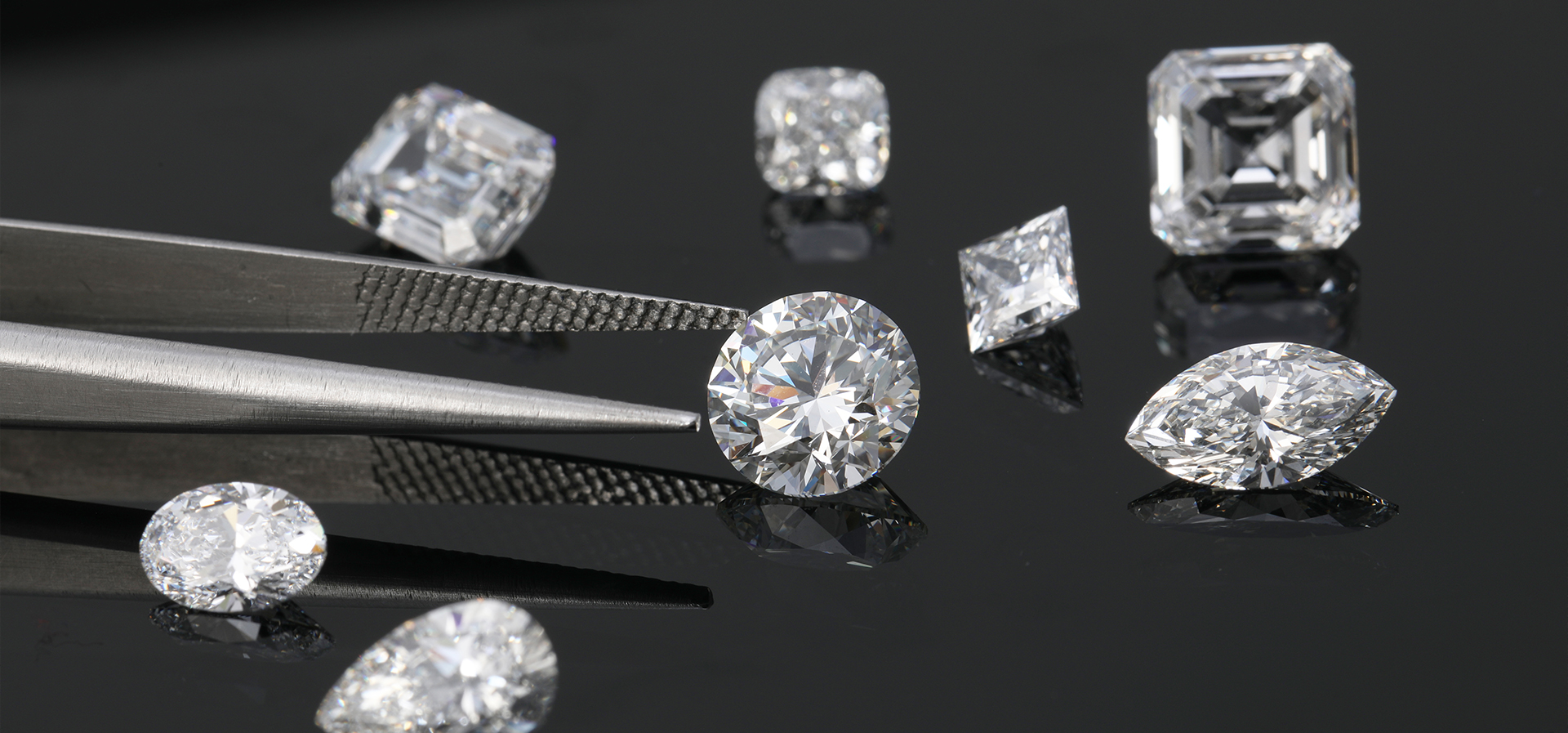Utilizing Nature: The Scientific Advancement Behind Lab Grown Gemstones
Lately, the allure of diamonds has fascinated not just lovers and jewelry enthusiasts but also environmentally conscious consumers and tech-savvy innovators. Enter lab grown diamonds, a marvel of modern technology that fuses the beauty and durability of natural diamonds with a more sustainable approach. As these gems gain popularity, many are anxious to learn about the process behind their creation and how it indicates a shift in our relationship with nature and luxury.
These diamonds are not simply the result of artificial manipulation; they are crafted through intriguing scientific methods that replicate the conditions under which natural diamonds are formed in the Earth's depths. By utilizing cutting-edge techniques like High Pressure High Temperature and Chemical Vapor Deposition, manufacturers are able to create diamonds that are chemically and physically identical to their mined counterparts. This revolutionary process not only reduces the ecological footprint associated with traditional diamond mining but also creates new avenues for design in the world of fine jewelry. With each lab grown diamond, consumers are not just buying a gorgeous stone but are also making a decision that aligns with ethical considerations, thus redefining luxury in the modern age.
This is the Study of Cultivated Gemstones
Synthetic diamonds are manufactured using cutting-edge technology that duplicates the natural methods by which diamonds are formed in the Earth. The primary approaches utilized are HPHT and CVD. HPHT simulates the extreme temperature and pressure conditions present deep within the Earth, leading to the creation of diamonds from carbon. CVD, on the other hand, utilizes a gas mixture to cultivate gemstones atom by atom in a regulated environment.
Both of the methods produce gemstones that have the same physical, chemical, and visual properties as their mined counterparts. The diamonds produced undergo rigorous testing to confirm they meet the standards of excellence and genuineness. A specific carat review can offer insights into how these synthetic gemstones contrast in terms of sparkle and transparency to natural gemstones, allowing consumers to make educated decisions.
The benefits of lab grown gemstones go beyond just their creation process. They are generally more budget-friendly than natural diamonds due to lower production costs and reduced environmental footprint. Consumers increasingly value the ethical considerations, as cultivated gemstones do not add to problems like blood mining. This shift in consumer choices shows a wider movement in prioritizing sustainability and responsible sourcing in the high-end market.
Advantages of Cultured Diamonds
Synthetic diamonds offer a budget-friendly alternative to their natural counterparts without sacrificing on quality. Due to the regulated conditions in which they are produced, these diamonds can be made at a lower cost. Consumers can find beautiful options that often meet or exceed the clarity and brilliance of traditional diamonds, allowing for more options in choosing bigger gems or better gems for the same cost.
Another significant advantage, is the moral aspect of lab grown diamonds. With increased awareness about the environmental and social challenges associated with diamond mining, such as habitat destruction and unethical labor practices, lab grown diamonds present a sound alternative. rare carat review are created using eco-friendly methods that have a lesser environmental impact, appealing to eco-conscious consumers who prioritize responsible sourcing.
In conclusion, synthetic diamonds provide a greater level of clarity. When buying these diamonds, consumers can receive detailed information about their origin and the manufacturing procedure. This transparency helps create confidence and allows buyers to make well-informed choices. Moreover, the option for customization in designs further improves the shopping experience, making it easy for individuals to find the perfect diamond to fit their tastes and aesthetic.
The Future of Gem Tech
While the techniques behind synthetic diamonds keeps to advance, the future holds exciting advancements that could revolutionize the sector. Innovations in methods such as CVD and High Pressure High Temperature are becoming more efficient, enabling for the production of diamonds at a reduced cost and with increased flexibility. These advancements not only make diamonds more available to consumers but also highlight the ecological benefits linked to lab grown diamonds, since they require significantly less land and raw materials compared to traditional extraction.
In addition, we are seeing an influx of artificial intelligence and robotics in the diamond creation process. This innovation can improve conditions for crystal growth, resulting in higher quality stones with lesser imperfections. With consumer tastes change towards ethically sourced and environmentally friendly products, lab grown diamonds are positioned to dominate the market. The combination of technological advancements and changing consumer perceptions is setting the scene for lab grown diamonds to become the standard choice for rings and accessories.
In addition to production techniques, the advertising approaches for lab grown diamonds are also changing. Companies are more and more concentrating on educating consumers about the advantages of lab grown diamonds, including their eco-friendliness and cost-effectiveness. The rise of online retailers specializing in these diamonds facilitates a broader reach and more personalized customer experiences. This momentum indicates that as public awareness continues to grow, lab grown diamonds will further entrench their position in the luxury market, ultimately changing views around this valuable stone.
